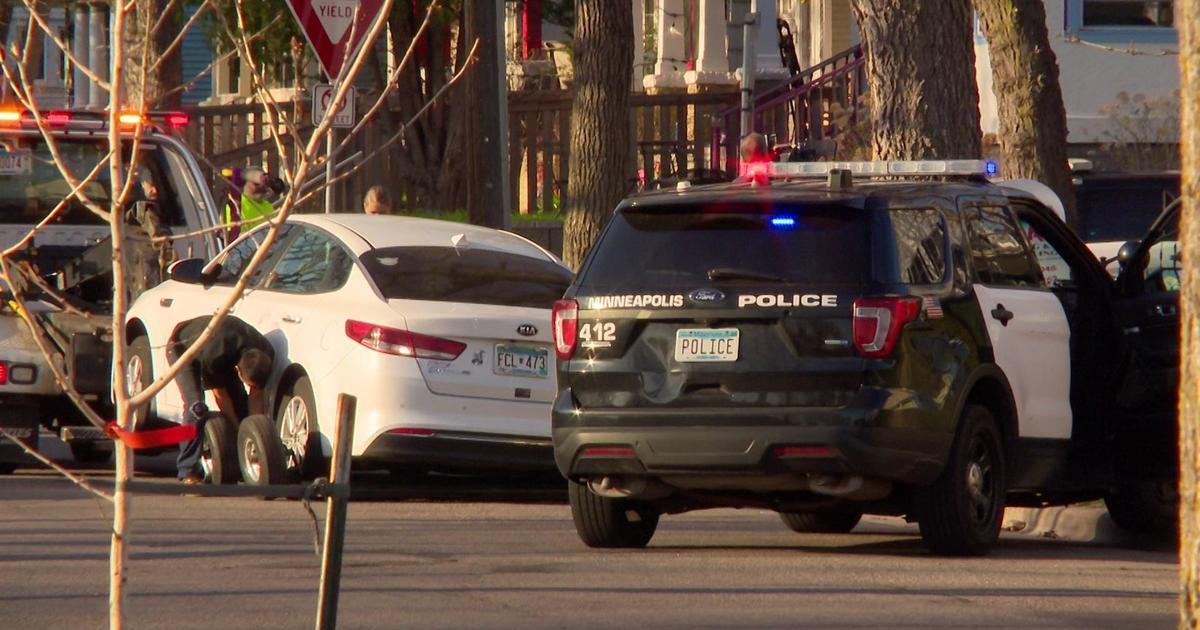Good Question: How Do They Set Speed Limits?
MINNEAPOLIS (WCCO) -- Many Minnesotans will likely be heading to the cabin or lake this weekend.
And as they drive, the speed limit will be 55 mph in some areas, 65 mph and maybe even 70 in others.
Kevin Gutknecht is the communications director for the Minnesota Department of Transportation. He says people often ask how traffic engineers determine speed limits.
"We want the roadway system to be efficient so you can get where you want to go, but we want people to be safe," Gutknecht said.
Population is key. The more people living and working around a roadway, the more likely the speed limit will be lower. Gutnkecht says it's safety before speed.
"So once you get past the city limits, the speed limit can go up," he said.
Gutknecht says even though you are on a freeway in the cities, the speed limit may only be 55. It's also lower because of access points.
"There are on ramps and off ramps and that's the only way people get on to those," Gutknecht said.
But that same freeway will see its speed limit increase up to 65 or even 70 the farther you get from the cities and onto the flat, open road ahead.
The length of the highway, the width of its shoulders and even crash history also help determine speed limits.
MnDOT recently increased speeds from 55 to 60 on some western Minnesota highways after a study determined it was safe.
But the department can also put on the brakes just as quickly.
"We'll go out and we'll do a speed study, and if it's warranted, then yes, we can drop the speed limit," he said.
Gutknecht says sometimes a city or jurisdiction will ask for a speed limit to be lowered. That's when they conduct "free flow" traffic studies.
Depending on the results, they can adjust the speed.



